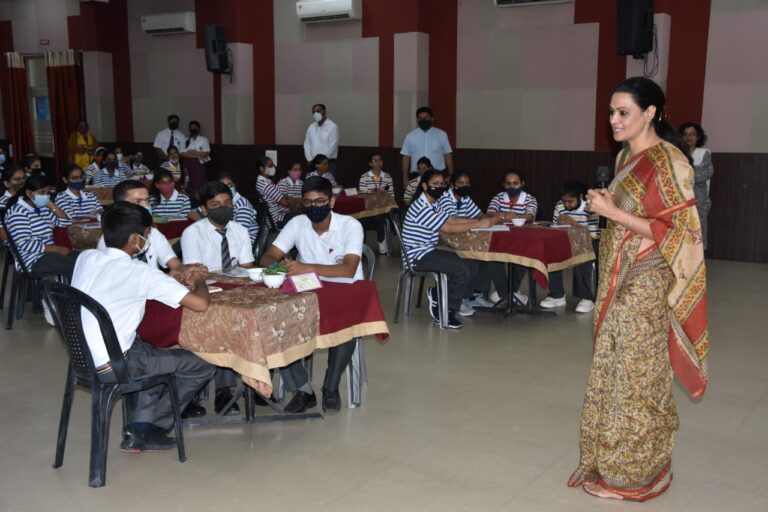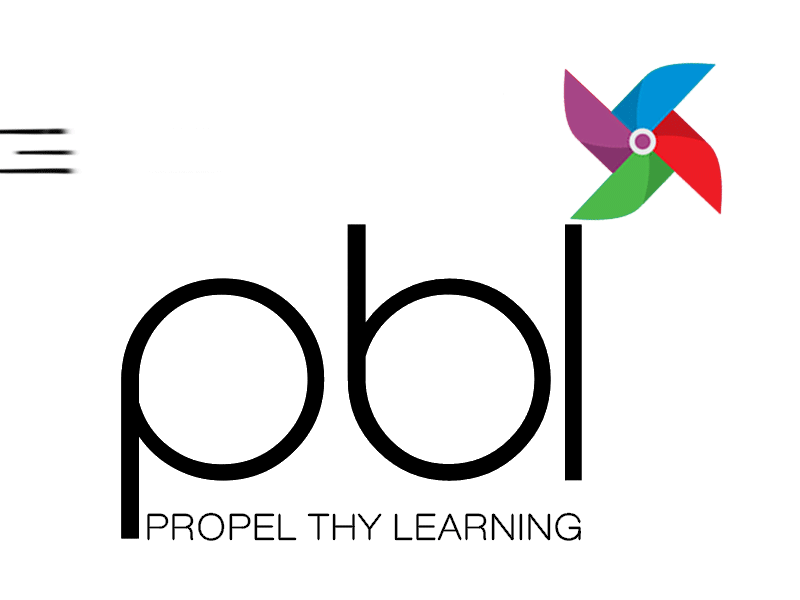The Transformation of Fabindia School Discovery of PBL and a journey long travelled
A Vision for Change
The Fabindia School, nestled in the rural town of Bali, Rajasthan, has always been close to my heart. As the Director, I have been deeply committed to making education more experiential, real, and meaningful for our students. Despite my relentless efforts, the results were not as impactful as I had hoped. Traditional teaching methods were not fully engaging our students, and I sought a solution that would bring about significant change.
The Turning Point: Discovering Project-Based Learning
During a visit to a free-progress school in the capital, I stumbled upon the concept of Project-Based Learning (PBL), a teaching method that emphasizes student-driven projects and real-world problem- solving. I was immediately intrigued by its potential to revolutionize pedagogy. Determined to implement PBL at Fabindia School, I reached out to my old friend, Partho, who was the principal of the school and had experience in this innovative approach.
Training the Teachers
Partho graciously agreed to visit our school and train our teachers in PBL. This marked the beginning of a transformative journey for us. The teachers learned how to design and run PBL projects, focusing on creating projects that allowed students to take charge of their learning while being supported by their teachers. The training sessions were comprehensive, covering the principles of PBL, project design, and strategies for facilitating student-driven learning.
A New Era of Teaching and Learning
As PBL was integrated into our curriculum, teaching and learning at Fabindia School underwent a dramatic change. Even our average teachers began to create engaging projects that captured the students’ interests and encouraged active participation. Students started driving their own learning, exploring topics deeply, and applying their knowledge to real-world problems. The classrooms buzzed with excitement as students collaborated, researched, and presented their findings.

Visible Impact and Community Involvement
The impact of PBL was soon evident across all grades and subjects. Students presented their project learnings to teachers, making a remarkable impression. The depth of understanding and creativity displayed by the students was astounding. These presentations also made learning visible to parents, who were impressed by their children’s newfound confidence and skills.
Despite being located in a rural setting, our students began to excel academically and personally. They developed critical thinking, problem-solving, and collaboration skills, which prepared them well for future challenges. The school’s innovative approach gained recognition, and it became a model for other rural schools seeking to improve their educational outcomes.
Success Beyond the Classroom
The success of PBL at the Fabindia School had long-lasting effects. Many students went on to achieve remarkable success in various fields across the country. The confidence and skills they gained through PBL enabled them to thrive in diverse environments and pursue their passions with determination.
Conclusion
The transformation of Fabindia School is a testament to the power of innovative teaching methods like Project-Based Learning. With my vision and the dedication of our teachers, we created an environment where students could engage deeply with their learning, gain practical skills, and develop the confidence to succeed. The success of Fabindia School serves as an inspiration for educational institutions everywhere, demonstrating that with the right approach, significant change is possible.
